When your office is the National Oceanography Centre, you soon become familiar with the sights and sounds of incredible science and innovation happening within its walls. The corridors are full of labs and workshops where our world leading scientists and engineers take on the challenge of unlocking the mysteries of our ocean.
One sight that I’ve never quite been able to get used to, is NOC’s world-class research vessels RRS Discovery and RRS James Cook, returning from their latest international science adventure, just outside the center's window. The RRS Discovery is our newest research ship and the fourth ship of its name, fitted with the most up-to-date and high-tech instruments and equipment.
In recent weeks, the RRS Discovery has been having its ultimate service, getting ship shape in its 10-year special refit, after becoming the first Royal Research Ship at Babcock’s Rosyth facility in Fife.
As a Communications Officer, it’s not often I spend time on the ship and so I was excited to have the rare opportunity to see the RRS Discovery from a new angle, with a mission to document this once in a decade event. Alongside photographer and videographer Dan, and social media officer Will, I travelled to Rosyth to visit the Discovery in dry dock, even staying on board to have a taste of what the huge task of refit involves, and what makes this one so special.
In the countdown to NOC’s celebration of 100 years of Discovery in Dundee, I’m sharing a few of my favourite discoveries (with the help of the brilliant photos courtesy of NOC’s photographer Dan) from communicating this special refit.
Nautical miles vs. land miles
The RRS Discovery is designed to operate in some of the most remote and extreme ocean environments on the planet, and with this challenge comes wear and tear. Ahead of our trip to Rosyth, we wanted to understand the breadth of RRS Discovery’s adventures to date. I learnt from our National Marine Facilities team that during her ten years on the sea, the RRS Discovery has travelled 227,554.21 nautical miles, taking part in 56 expeditions worldwide.
What makes this even more impressive is when this is compared to the (more familiar) land miles.
It turns out a nautical mile is slightly longer than a mile on land. Whilst land miles are measured with paces, nautical miles are based on the Earth’s longitude and latitude coordinates, with one nautical mile equivalent to one minute of latitude.
Watch our pre-refit interview with Kevin Williams and Captain Antonio Gatti: https://youtu.be/fIRJti9Z29A
Getting ‘high and dry’
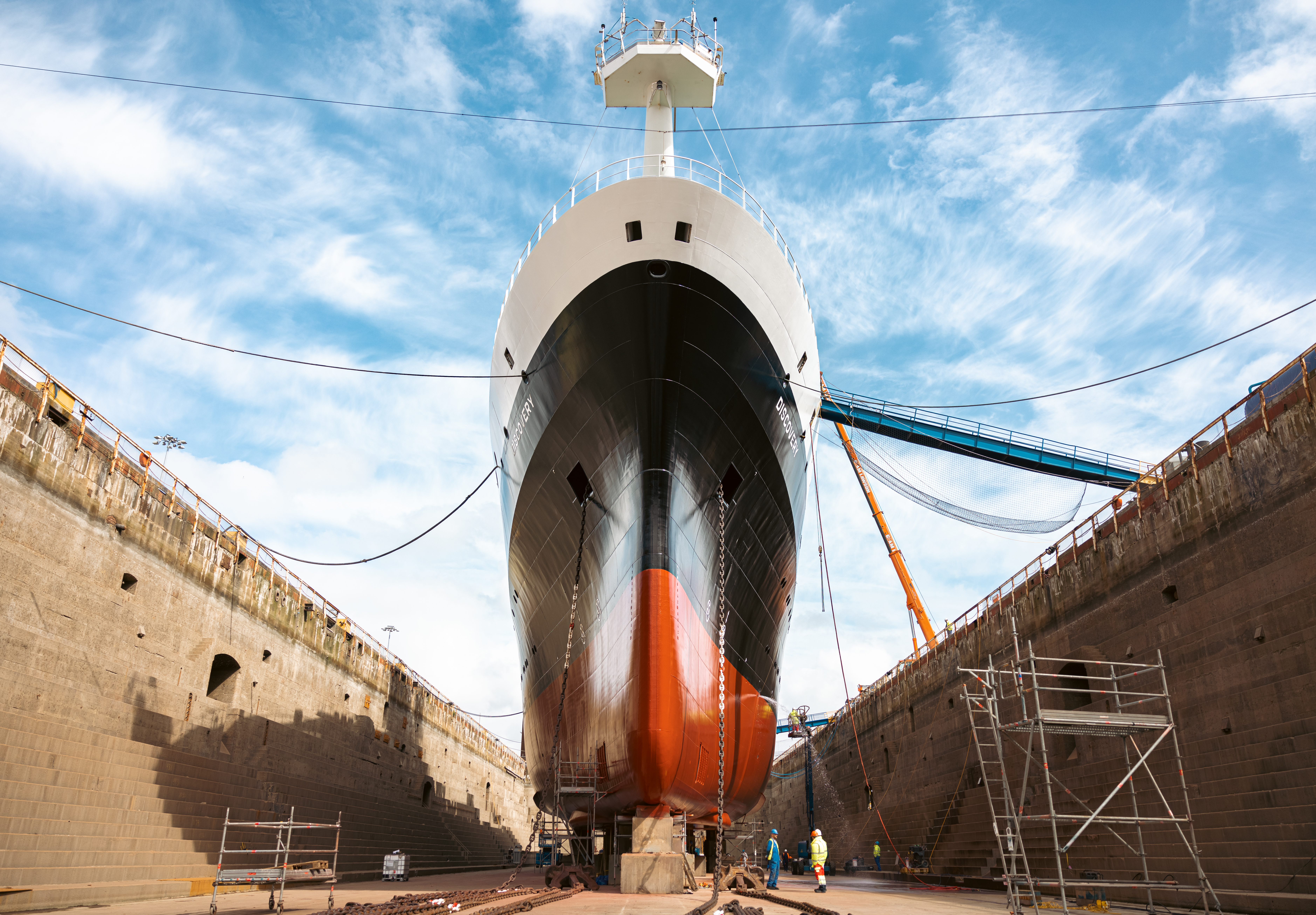
One of my first thoughts when arriving in Rosyth and standing under the seriously impressive view of the Discovery’s hull the first time was the comparative size of the blocks it was resting on (I still don’t understand how it’s possible), and how the Discovery came to be so perfectly lined up.
Captain Antonio Gatti explained that once the ship arrives into the dock, and is lined up onto the blocks, professional divers armed with cameras enter the water around the ship to check everything is lined up and secure. Once they’re happy, the surrounding waters are drained to give engineers full access to the ship.
All hands-on deck
Each of the ships has a refit once a year, but this is the ultimate service, the 10-year special. Planning for this begins 2 years in advance and Kevin, our Head of Research Ship Engineering really had his work cut out managing 35 different subcontractors on-site. It was eye-opening to witness the constant hive of activity throughout our visit, and this was just three days of a 6-week project.
Despite this challenge, Kevin took the time to take us behind the scenes of the Discovery, and it’s clear to see why she is considered one of the world’s most advanced research vessels.
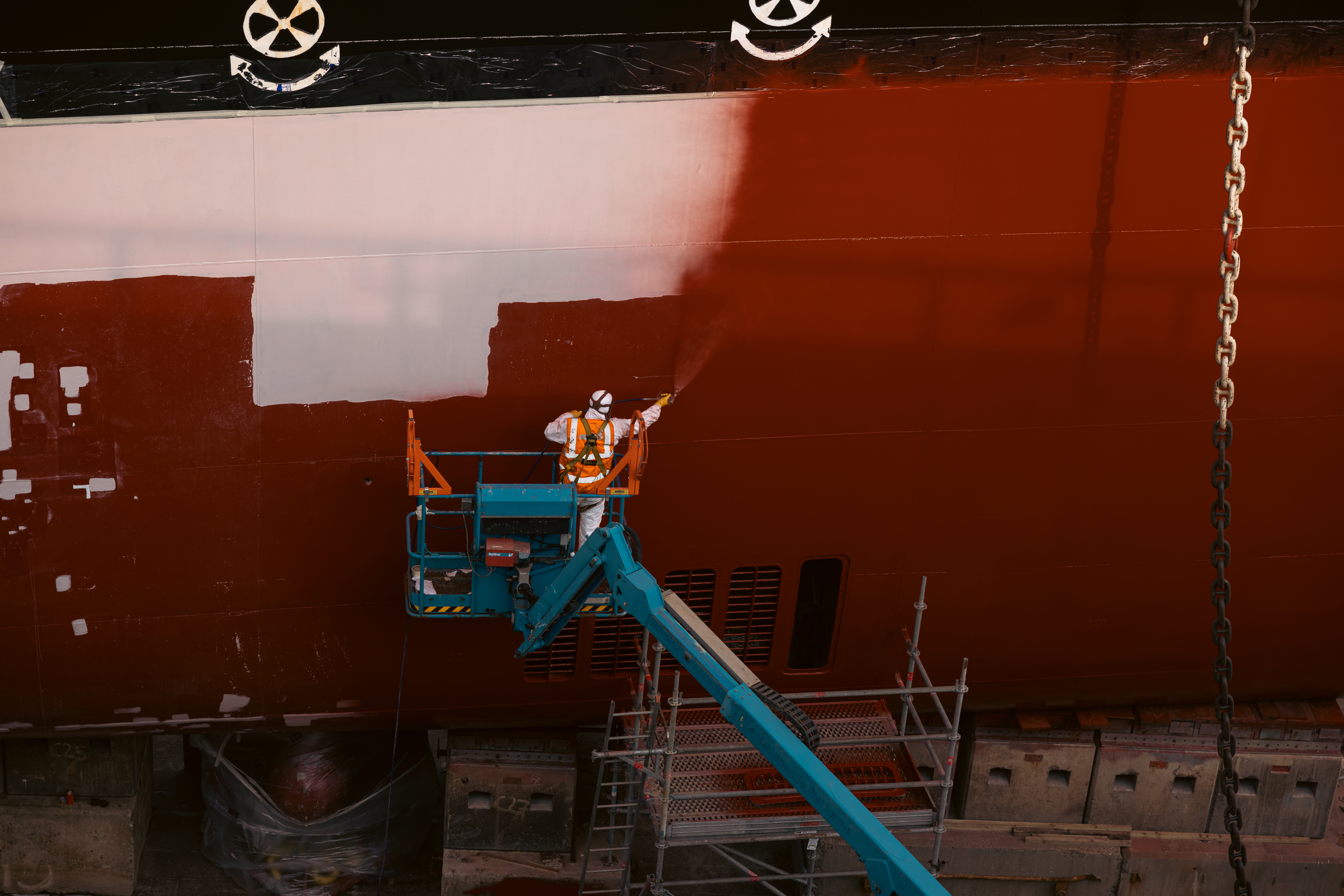
One of the most satisfying parts of the Discovery’s refit, the fresh coats of the iconic red paint on the hull. Captain Antonio Gatti explained to us that this isn’t just for the fresh new look. This special red paint is barnacle resistant, designed so that any that become attached to the ship simply come off once the Discovery is travelling over 4 knots, increasing the fuel efficiency.
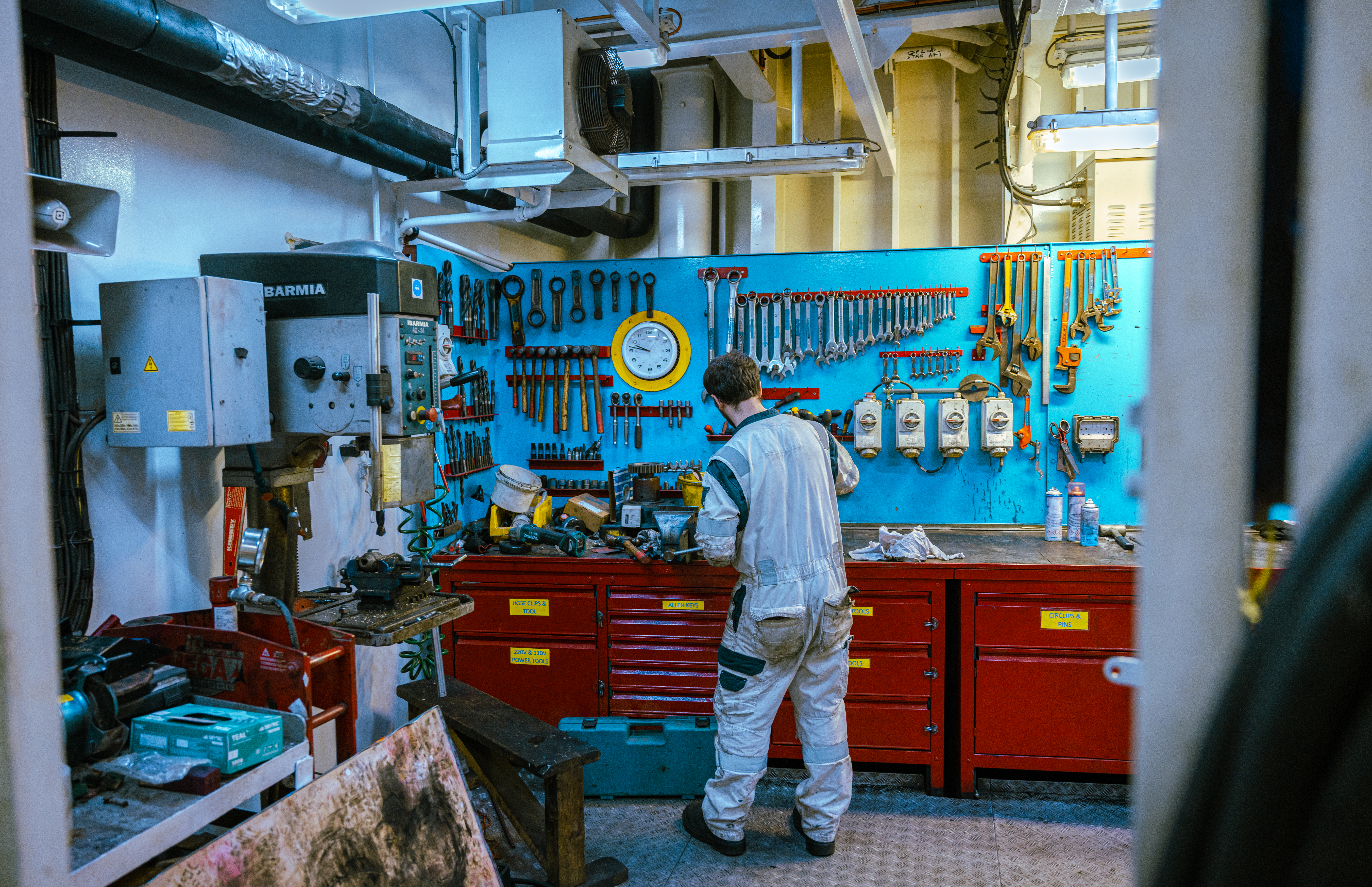
One of the engineers hard at work in the ship's engine room.
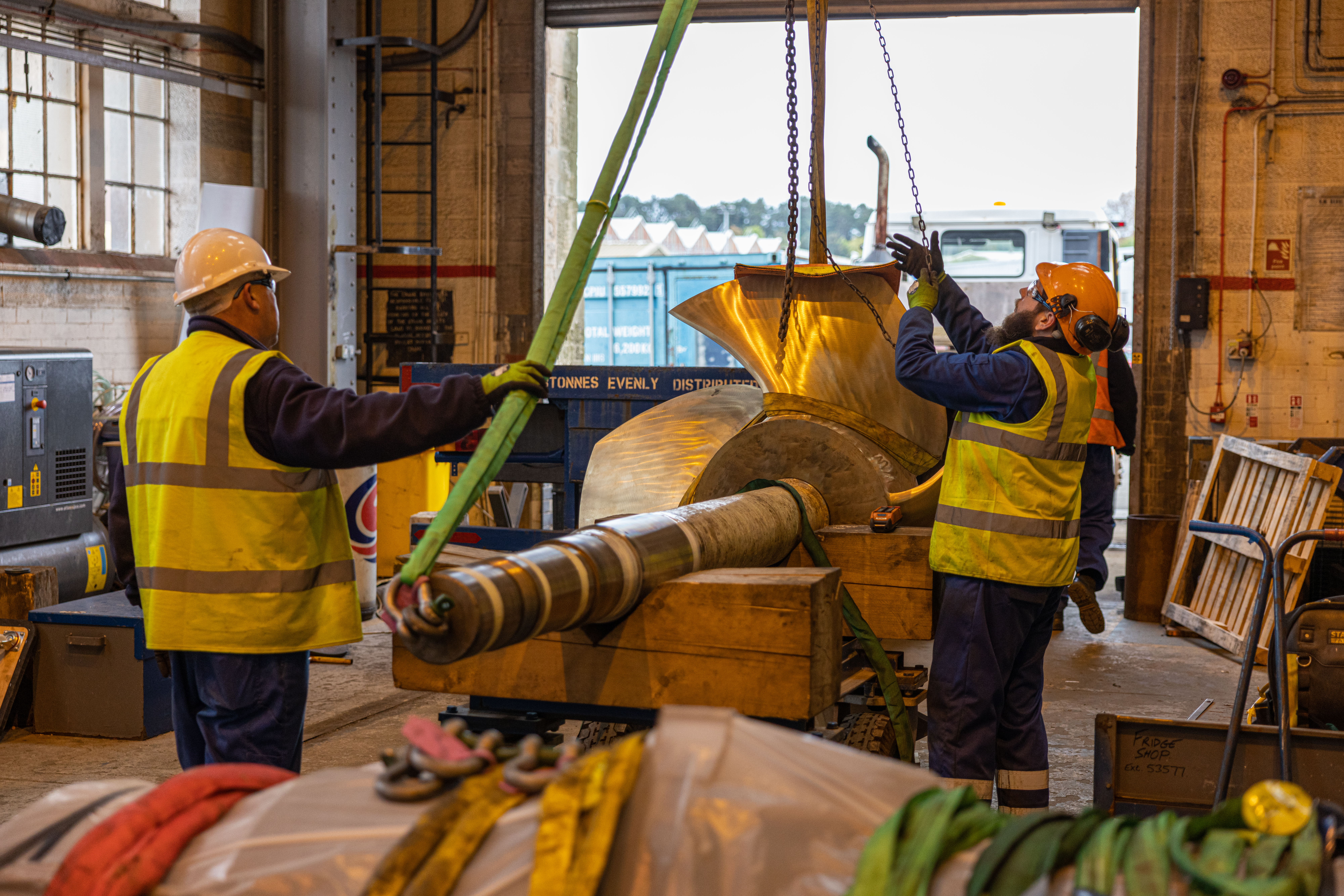
This is one of the ships propellers, which weighs over two tonnes! Workers were lifting the propeller to be taken away and balanced ready to be reattached to the ship.
Testing out the facilities
After we'd checked out the more technical areas of the ship, it would have been criminal not to test out the social areas too (featuring my not-so-professional photos). Aside from the all important eating area (the rumors are true, the chef's are fantastic) there was plenty of space to relax and have some downtime.
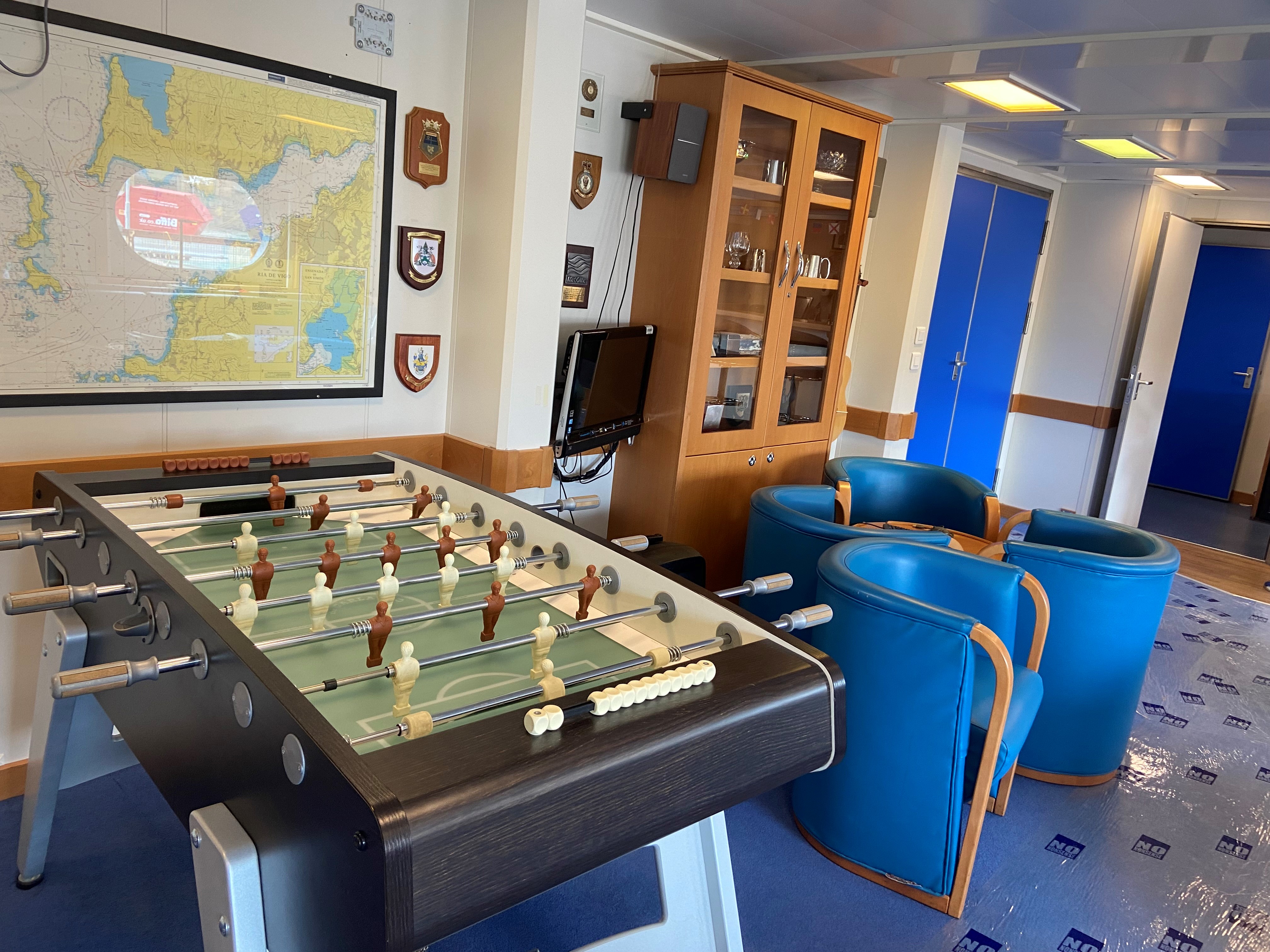

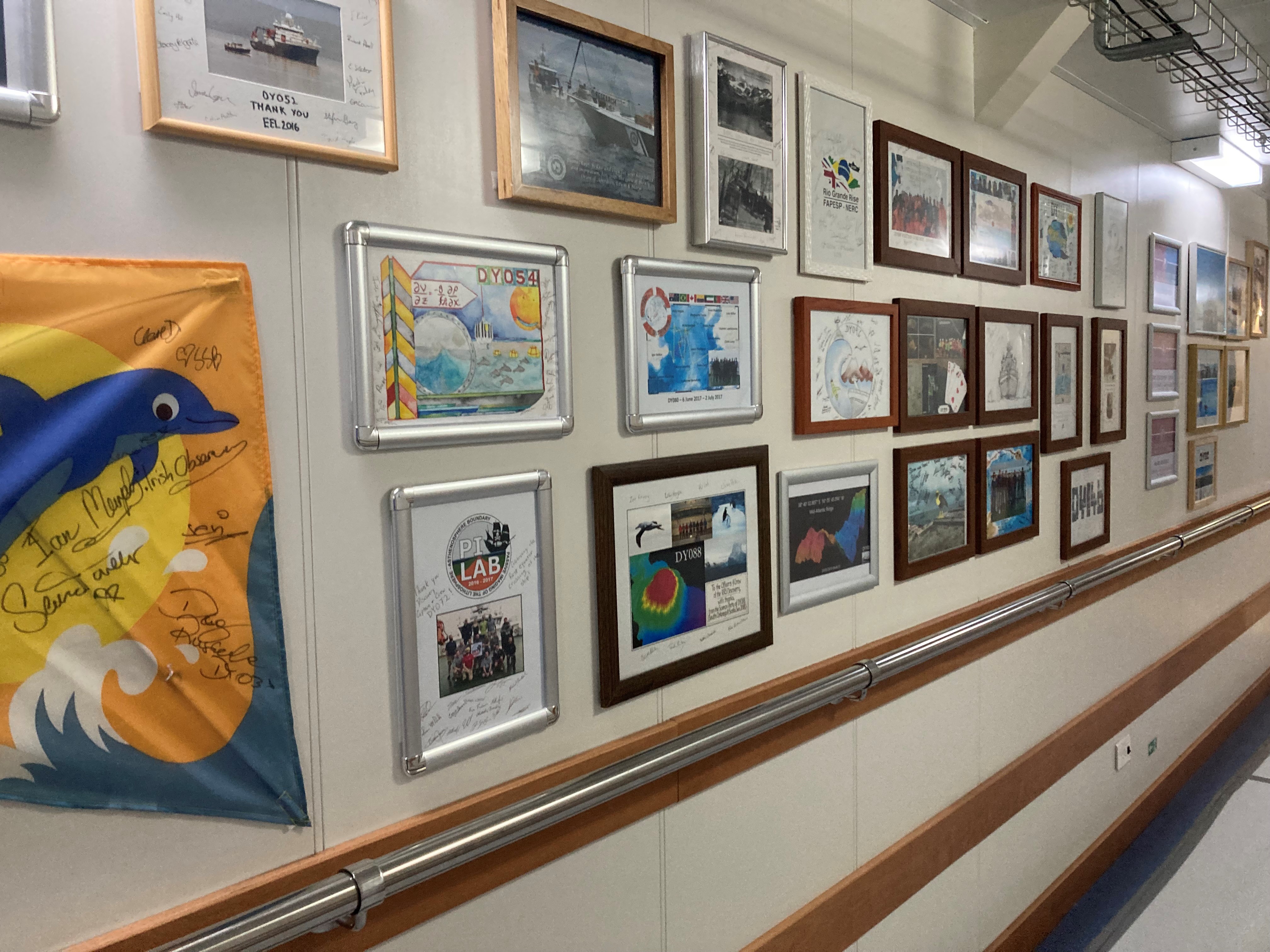
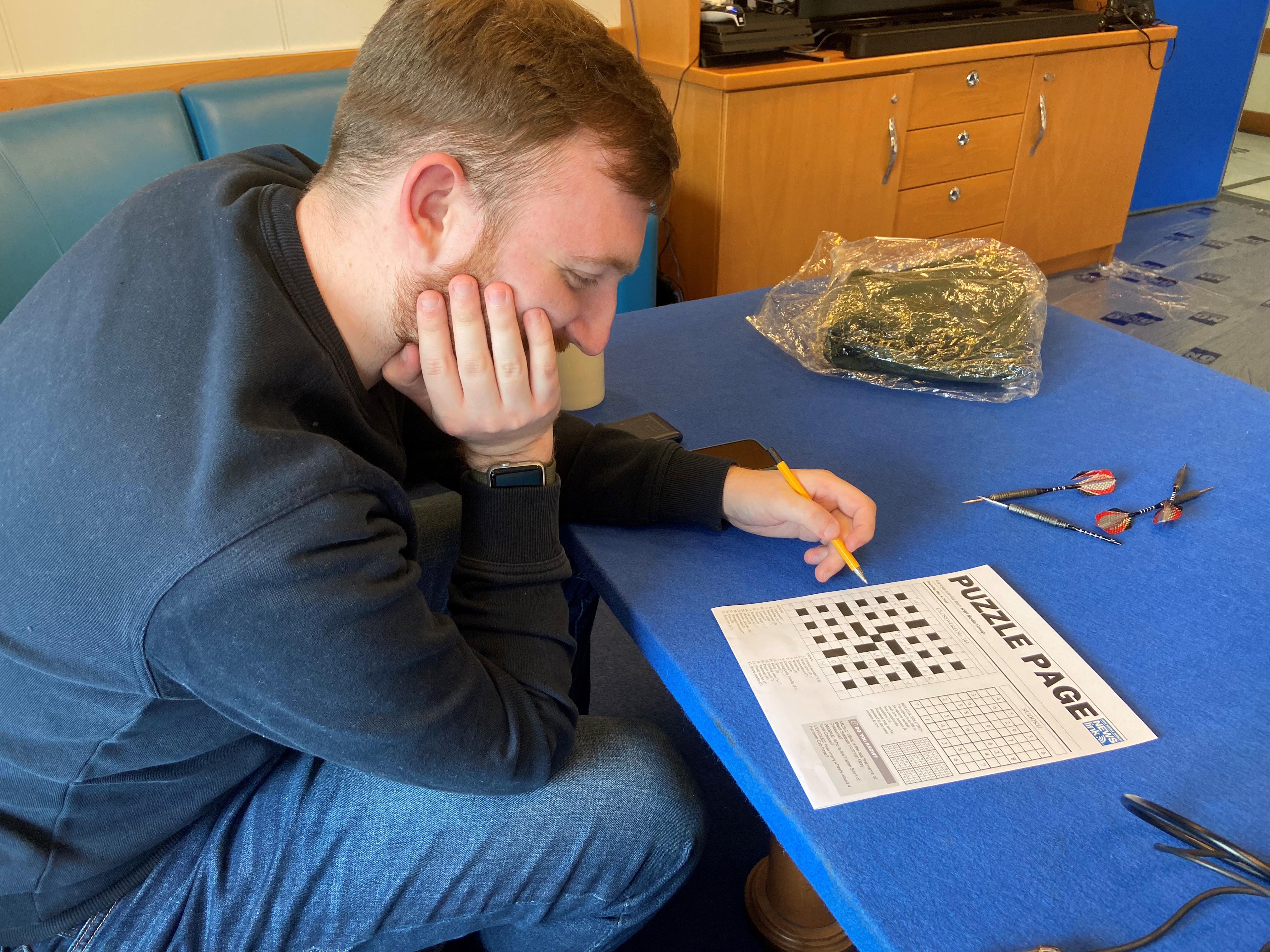
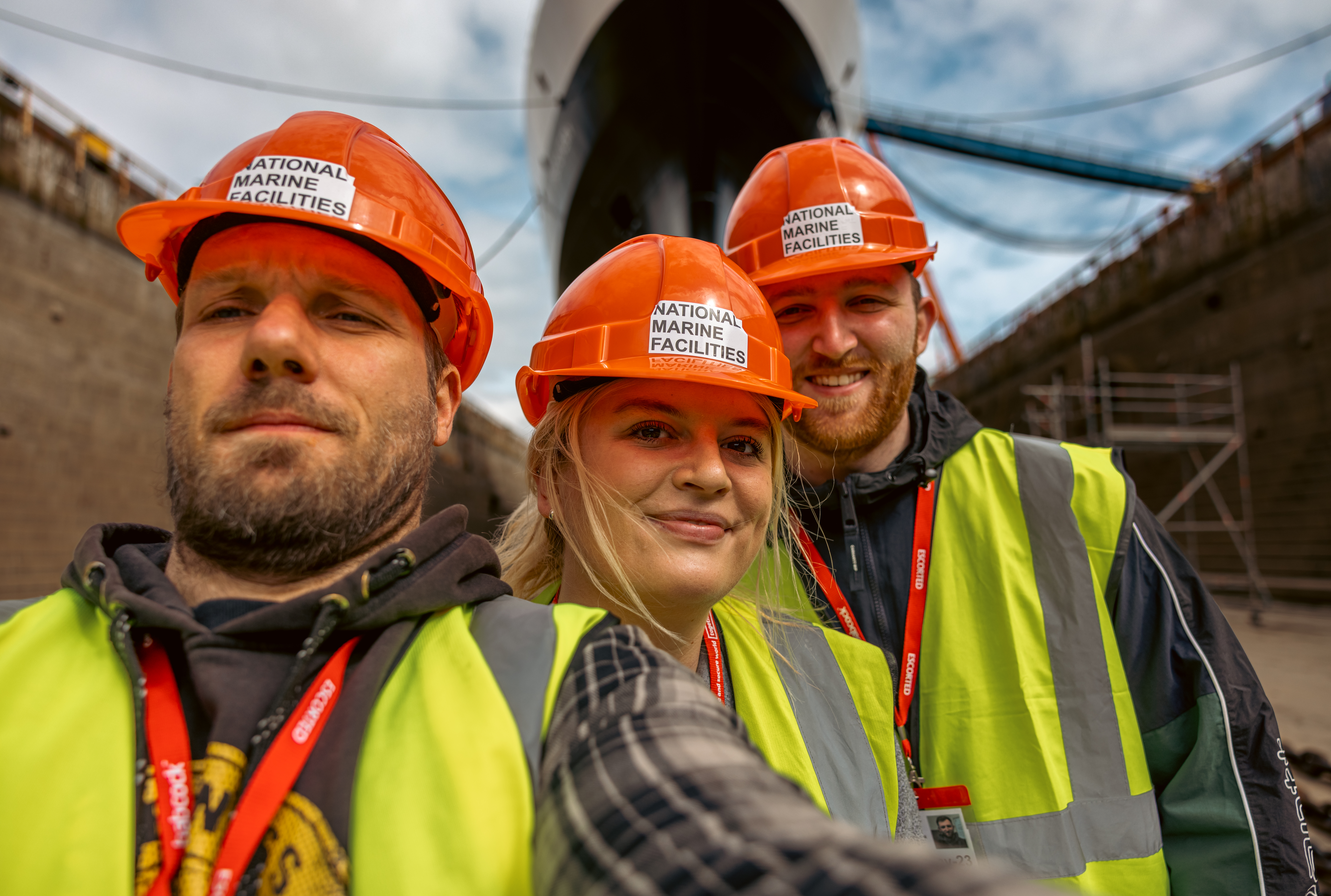
A huge thank you to Kevin Williams, Captain Antonio Gatti, and the wonderful RRS Discovery crew for this experience. There’s no doubt the RRS Discovery will be in ship shape for its special celebrations in Dundee, and its next science adventure.
Keep an eye out for our upcoming communications, including a special episode of our Into the Blue podcast, featuring Captain Antonio Gatti.